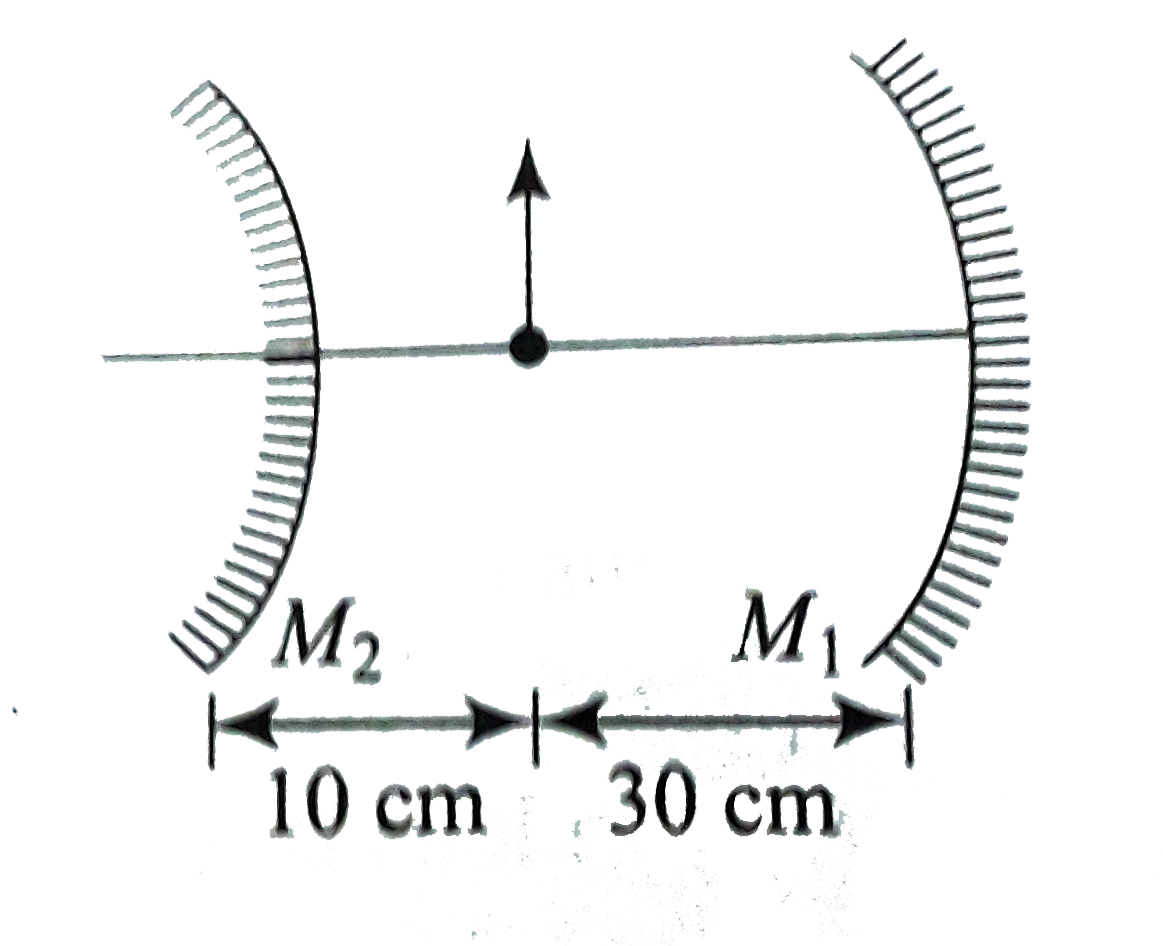The nucleus .11548Cd after two successive β− decays will give.
.46Pa115
.49ln114
.50Sn113
.50Sn115
The correct Answer is:D
To solve the problem of determining the nucleus that results from two successive beta-minus (β^-) decays of the cadmium nucleus 11548Cd, we can follow these steps:
Step 1: Understand Beta Minus Decay
In beta-minus decay, a neutron in the nucleus is converted into a proton, and a beta particle (electron) is emitted. This process increases the atomic number (Z) by 1 while the mass number (A) remains unchanged.
Step 2: Write the Initial Nucleus
The initial nucleus is cadmium, represented as:
11548Cd
where:
- Atomic number (Z) = 48
- Mass number (A) = 115
Step 3: First Beta Minus Decay
After the first beta decay, the atomic number increases by 1:
Z=48+1=49
The mass number remains the same:
A=115
Thus, the new nucleus after the first decay is:
11549In
(where In is indium).
Step 4: Second Beta Minus Decay
Now, we perform a second beta decay on the indium nucleus:
Again, the atomic number increases by 1:
Z=49+1=50
The mass number remains the same:
A=115
Thus, the new nucleus after the second decay is:
11550Sn
(where Sn is tin).
Final Answer
After two successive beta-minus decays, the nucleus 11548Cd transforms into:
11550Sn
In beta-minus decay, a neutron in the nucleus is converted into a proton, and a beta particle (electron) is emitted. This process increases the atomic number (Z) by 1 while the mass number (A) remains unchanged.
The initial nucleus is cadmium, represented as:
11548Cd
where:
- Atomic number (Z) = 48
- Mass number (A) = 115
After the first beta decay, the atomic number increases by 1:
Z=48+1=49
The mass number remains the same:
A=115
Thus, the new nucleus after the first decay is:
11549In
(where In is indium).
Now, we perform a second beta decay on the indium nucleus:
Again, the atomic number increases by 1:
Z=49+1=50
The mass number remains the same:
A=115
Thus, the new nucleus after the second decay is:
11550Sn
(where Sn is tin).
After two successive beta-minus decays, the nucleus 11548Cd transforms into:
11550Sn
Similar Questions
Number of neutrons i8n a parent nucleus X, which gives .147N after two sucessive β− emission would be:
View SolutionThe radioactive isotope .23490Th undergoes two successive β− decay followed by one α− decay. The atomic number and mass number respectively of the resulting atom is:
View SolutionAn artifical radioactive isotope gave 147N after two successive β-particle emissions. The number of neutrons in the parent nucleus must be
View SolutionNe nucleus , the after absorbing energy , decays into two α particle and an unknown nucleus . The unknown nucleus is
View SolutionNe nucleus , the after absorbing energy , decays into two α particle and an unknown nucleus . The unknown nucleus is
View SolutionWhat may be the place of a doughter element in the periodic table, which is obtained after the nuclide .84Po218 undergoes, an α-emission followed by two successive β−emission?
View SolutionAn element .ZMA undergoes an α− emission followed by two successive β− emissions. The element formed is ……………………….. .
View SolutionA nucleus .22990X under goes α-decay and β-decay and the resultant nucleus is .18173Y. Find number of β-decay.
View SolutionWhen a nucleus with atomic number Z and mass number A undergoes a radioactive decay process,
(i) Both Z and A will decrease, if the process is α decay
(ii) Z will decrease but A will not change, if the process is β+−decay
(iii) Z will increase but A will not change, if the process is β−decay
(iv) Z and a will remain uncharged, if the prices is γ decay
View SolutionIn Figure, find the total magnification after two successive reflections first ono M1 and then on M2.

View Solution
